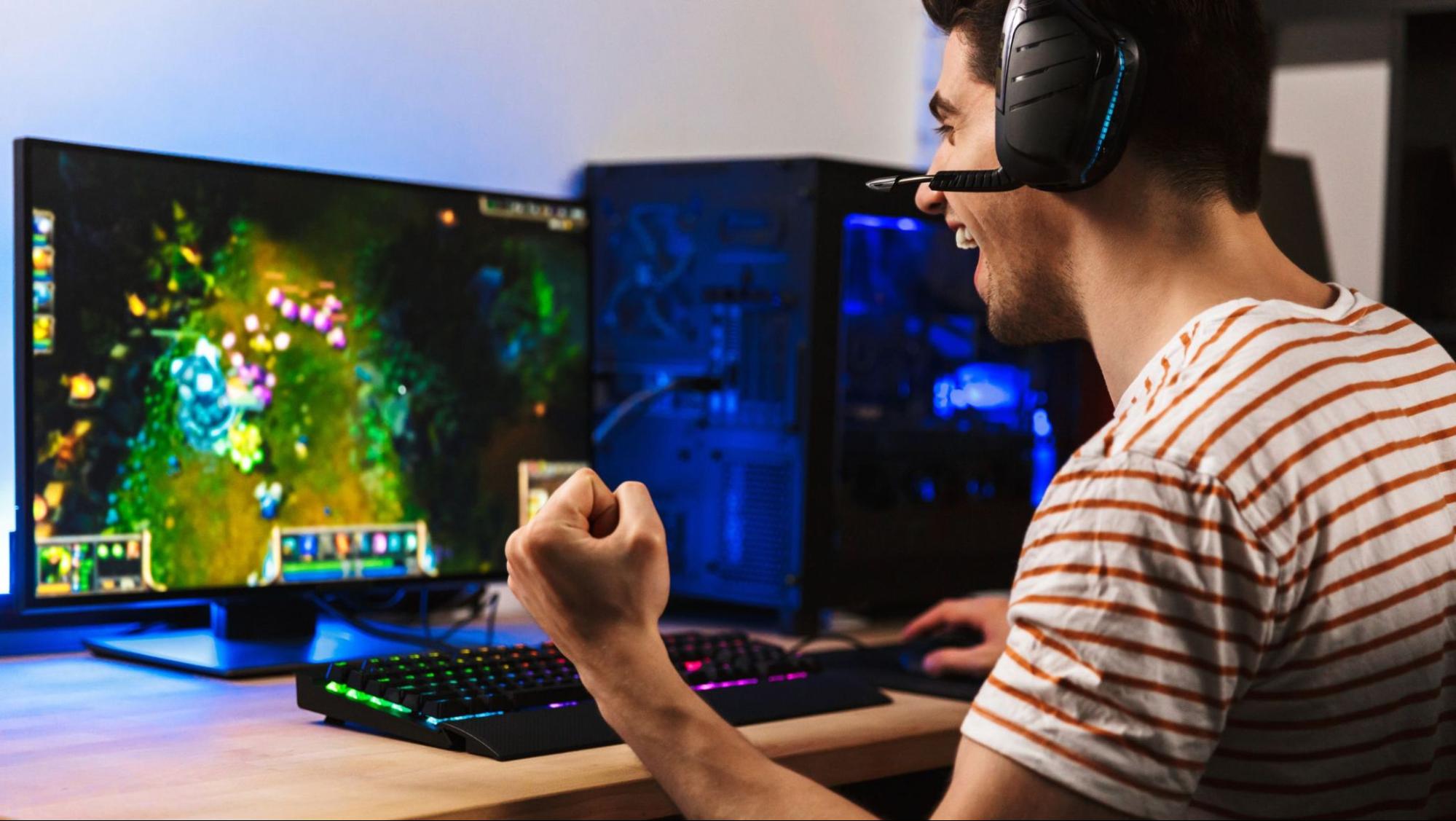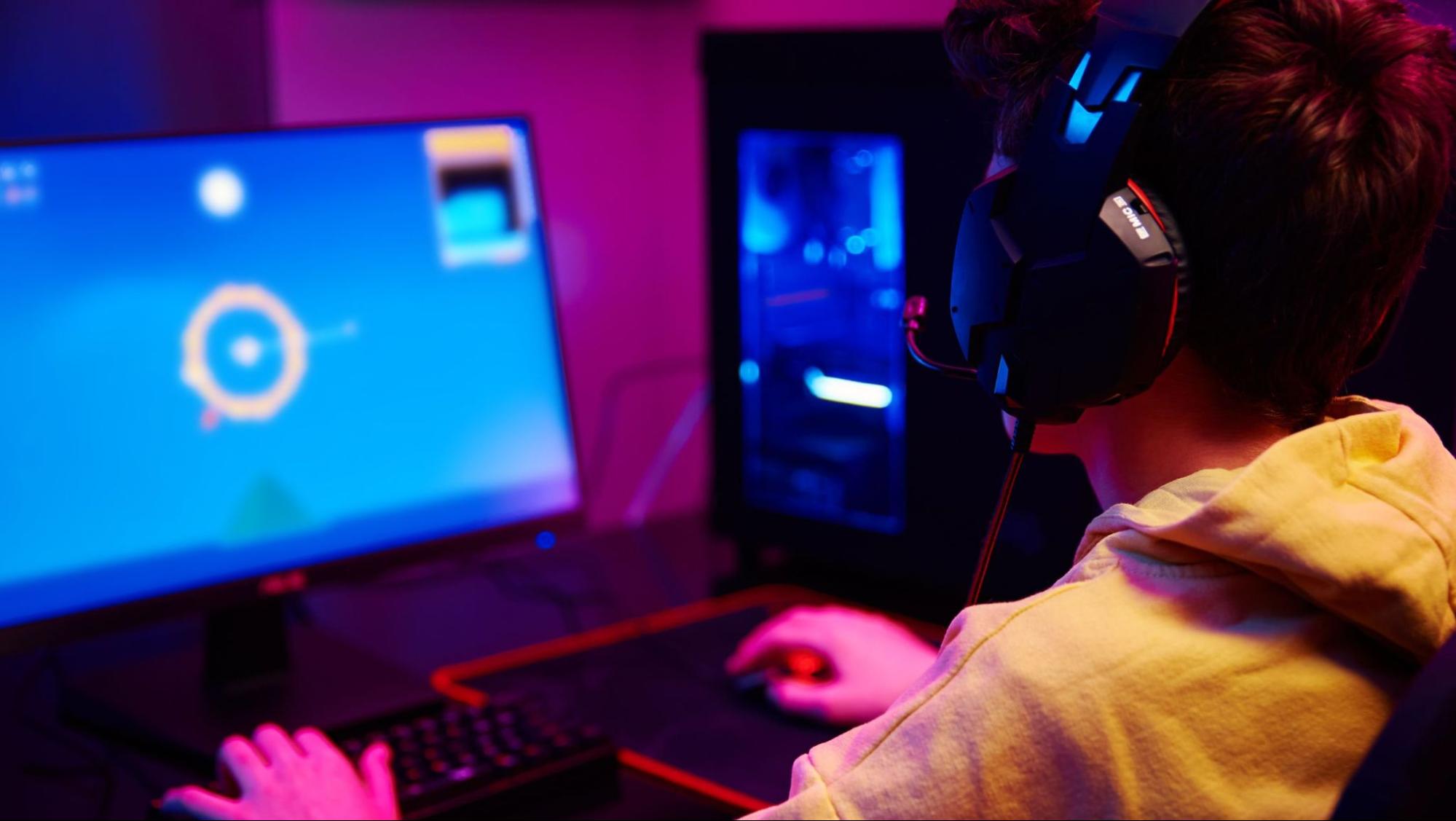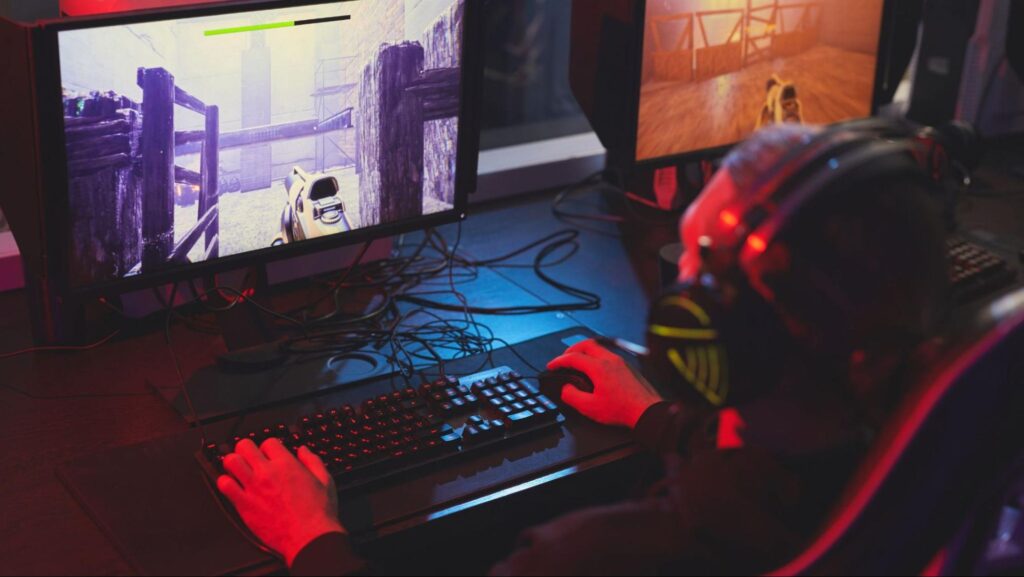If you’ve ever cracked open a case in Counter-Strike 2 (CS2), you know the excitement of waiting to see if you’ll get a rare skin or just a standard item. But have you ever wondered how these platforms decide drop rates and rarities? Whether you’re aiming for that ultra-rare knife or just trying to get a decent weapon skin, it all comes down to a system that mixes randomness with carefully programmed odds. In this post, we’ll explore how CS2 case-opening platforms determine what you get and why some items seem nearly impossible to obtain.
The Role of Randomness in Drop Rates
When you open a case in CS2, the outcome is determined by a Random Number Generator (RNG), which is essentially a system of randomness. It’s similar to rolling a die, but instead of six sides, there are hundreds or even thousands of possible outcomes, depending on the specific case you’re opening.
How RNG Works in CS2
Remember that in CS2 case opening platforms, the random number generation (RNG) isn’t as straightforward as tossing a coin or rolling a dice. There’s a sophisticated algorithm behind the scenes that determines the drop. Each item in a case carries a different probability. For instance, common items are much more likely to appear than rare or ultra-rare items like knives or covert skins.
This randomness guarantees that each case opening is completely separate from the others. Just because you’ve opened 100 cases without getting a rare item, it doesn’t mean the 101st case will definitely have one. The odds remain the same with every case.
Drop Rates
Drop rates refer to the likelihood of obtaining a specific item from a case, expressed as percentages or probabilities. CS2 case-opening platforms operate based on predetermined probabilities assigned to different categories of items, ranging from common to legendary or rare knives.
Valve’s Influence on Drop Rates
Valve determines the official drop rates for in-game cases. These rates are consistent across the game, which means that opening a case follows a clear formula with transparent odds. For instance, the chances of getting a covert item might be approximately 0.26%, while a highly rare special item like a knife may drop at a rate of 0.001%.

Valve has historically kept these odds the same across cases to maintain a fair market, although some newer or promotional cases might have slightly different drop rates. However, third-party case-opening platforms often adjust these odds to make the experience more rewarding or challenging based on their setup.
Why Drop Rates Vary on Third-Party Platforms
Not all case-opening platforms are the same. Some third-party platforms adjust drop rates to provide unique experiences or increase the chances of getting rare items. When looking for leading CS2 (CS: GO) sites, it’s crucial to carefully review the details or look into community feedback, as not all of them are as open as Valve about disclosing drop rates.
In reality, some platforms might raise the likelihood of obtaining specific items to entice players to spend more money. Others might even hold special events with increased drop rates, so it’s always wise to stay informed about community happenings.
How Rarities Are Categorized
In CS2, items are categorized into various rarity tiers, each associated with a specific color and drop chance. This classification system guarantees that the rarer an item is, the lower the likelihood of obtaining it. Let’s break down the tiers:
- Consumer Grade (White): Common items with high drop rates, usually default skins.
- Industrial Grade (Light Blue): Slightly better than consumer-grade, but still easy to come by.
- Mil-Spec (Blue): The most common skins players aim for when opening cases.
- Restricted (Purple): Less common but still obtainable with a decent amount of case openings.
- Classified (Pink): Rare and highly sought after by collectors and traders.
- Covert (Red): Very rare, typically reserved for top-tier skins and designs.
- Exceedingly Rare (Gold): This is the jackpot, including knives, gloves, or other unique items.
Each of these categories is assigned a specific probability.
The Influence of Case Contents
Not all CS2 cases are created equal. Some cases contain exclusive items that can only be found within them, while others offer a broader range of skins.
Limited-Edition and Event Cases
Valve and third-party platforms frequently release limited-edition or event cases that contain exclusive items not available in regular cases. The drop rates for these special cases are often adjusted to entice players to open more of them during the event. This influx of rare and valuable skins during these events can temporarily impact their prices in the market.
How Market Trends Affect Rarities
The CS2 skin market is influenced by supply and demand, which means that the official drop rates do not solely determine the rarity of an item but also by how many of that specific item are in circulation.

A skin classified as “covert” could become extremely scarce if fewer players are opening the cases that contain it.
The Impact of Skin Popularity
If a particular skin becomes popular within the CS2 community, its price on the Steam Marketplace or third-party trading platforms might increase, even if it’s technically not the rarest item in terms of drop rates.
Conclusion
Whether you’re opening cases in CS2 or trying your luck on third-party platforms, understanding how drop rates and rarities are determined can help manage your expectations. While RNG plays a significant role, different platforms may have unique approaches to determining what you’ll receive. Always be aware of the odds, and remember that hitting it big with a rare item is a combination of patience, luck, and a little bit of market know-how.


More Stories
Unbelievable but True: The Biggest Gambling Wins That Shocked The World
Why Free Spins Are a Game-Changer in Online Slot Games
Why Casino Table Games Are the Ultimate Test of Skill and Luck